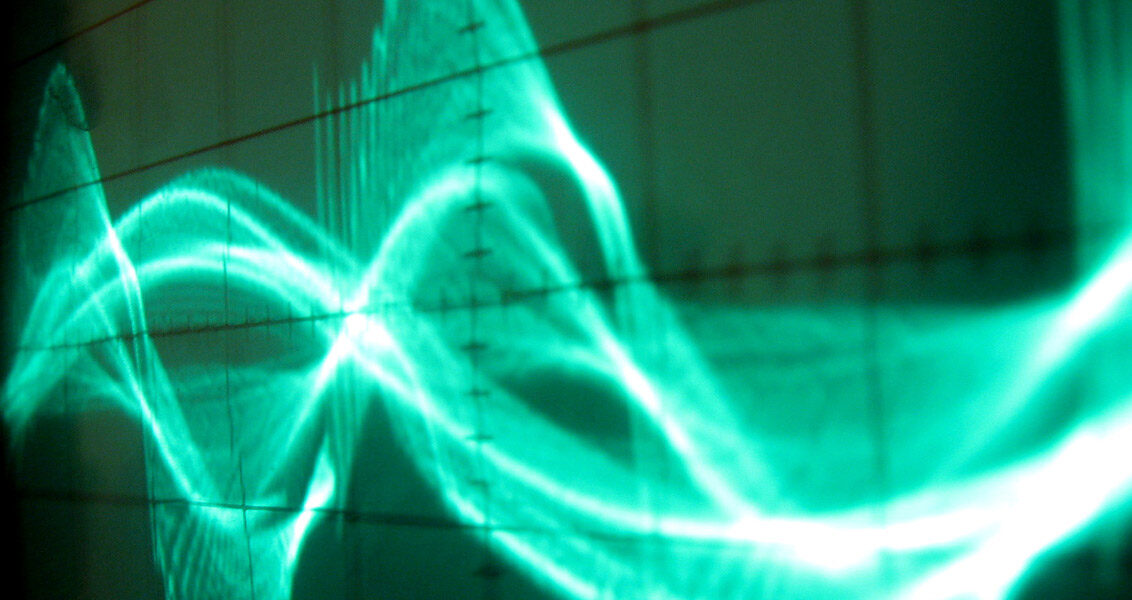
If you’ve ever had physical therapy for an injury, you might have received therapeutic ultrasound as part of your treatment. In clinical use for more than 60 years, ultrasound is a common modality in care plans for pain treatment and injury rehabilitation. If you don’t already have personal experience with this tool, you might be a little bit confused. After all, many people automatically associate ultrasound with those fuzzy grayscale images of in-utero babies. But therapeutic ultrasound is not the same ultrasound clinicians use to peek inside your body. Still, it has a purpose—and a very beneficial one at that. There’s more to therapeutic ultrasound than meets the eye, ya know? (Cue canned laughter.)
How it Works
As the name would suggest, ultrasound consists of sound waves. These waves result from mechanical vibration of the ultrasound instrument. Seems pretty simple, right? Well, the “sound” part of ultrasound actually is a bit deceiving. Because they vibrate at such a high frequency, the sound waves aren’t audible to the human ear, and they dissipate easily once they come into contact with the air. That’s why, to ensure direct contact between the instrument and the skin, the clinician must apply special ultrasound gel to the area receiving treatment. Alternatively, the patient can receive underwater ultrasound, in which the water acts as a medium the sound waves can move through as they do their thing.
How it Helps
As the sound waves pass through your skin, they vibrate the surrounding tissue. That vibration, in turn, causes the tissues to heat up. The heat induces muscle spasms and loosens surrounding ligaments and muscle fibers, which helps relieve pain. The tissue-loosening process also promotes blood flow, which brings fresh oxygen and nutrients to the injury site. The more fresh blood flows to the area, the quicker it can heal. Evidence also suggests that therapeutic ultrasound increases the production of collagen, an important building block of soft tissues.
How it’s Applied
PTs apply therapeutic ultrasound to the injury using a special ultrasound machine (after applying that gooey ultrasound gel, of course). In addition to providing a medium for the waves to move through, this gel prevents friction from the machine on the skin. During treatment, the PT continuously moves the metal instrument over the skin in the injured area. The treatment usually only lasts several minutes, but the length of the ultrasound session can vary depending on the injury.
Let’s hope you’re not injured anytime soon. But if you are, ultrasound might offer some relief. Have questions about ultrasound, or something else entirely? Leave them in the section below.


